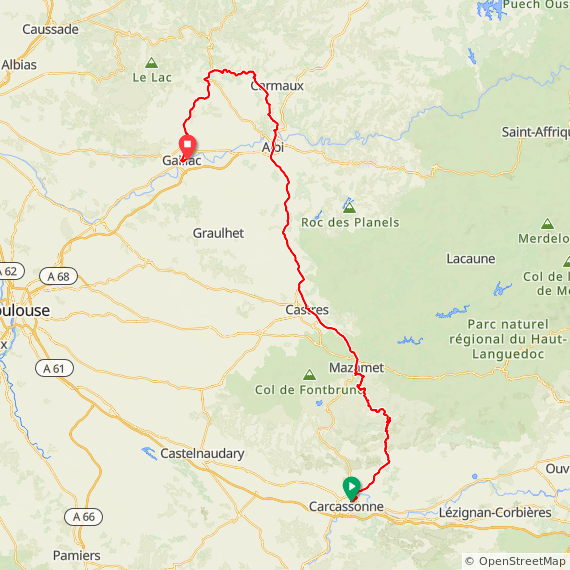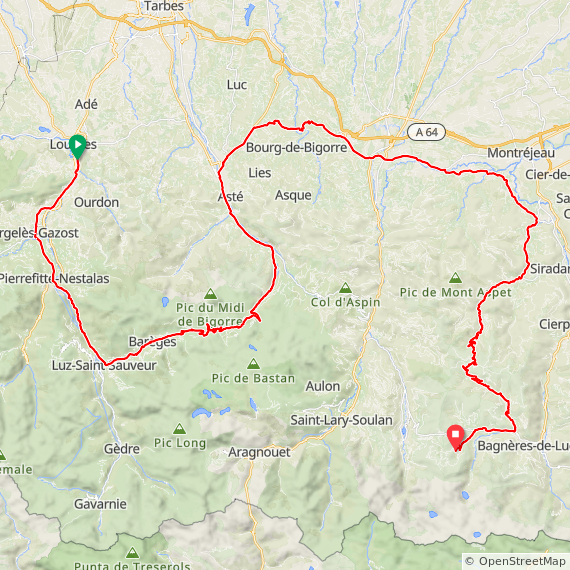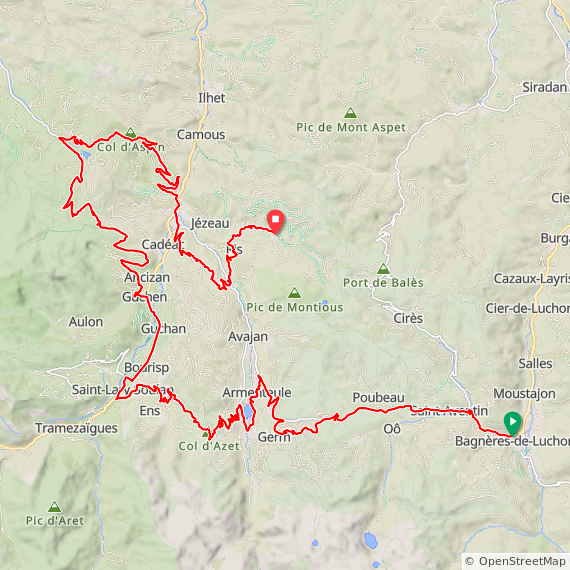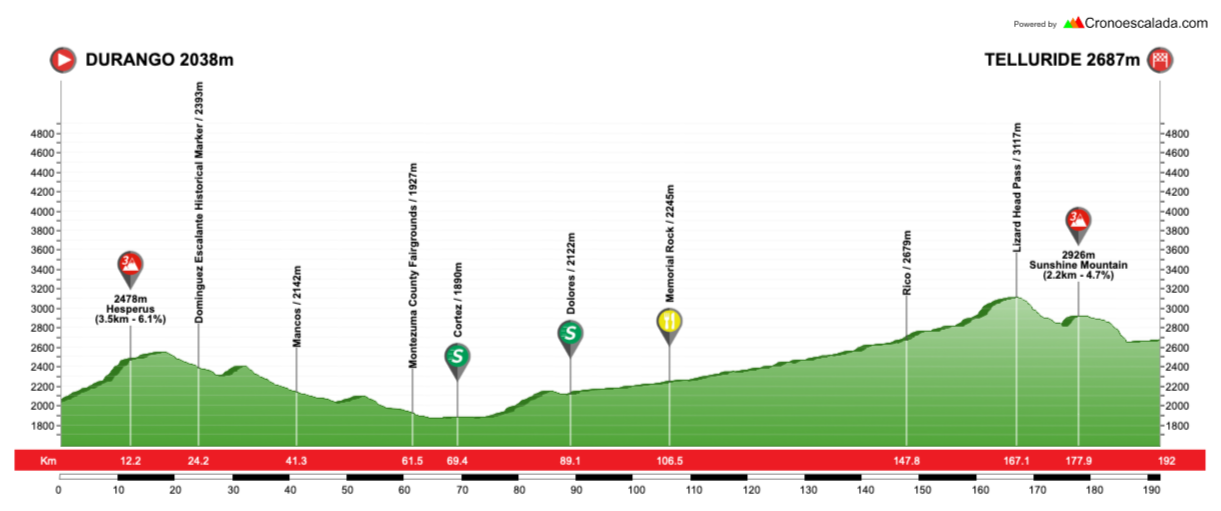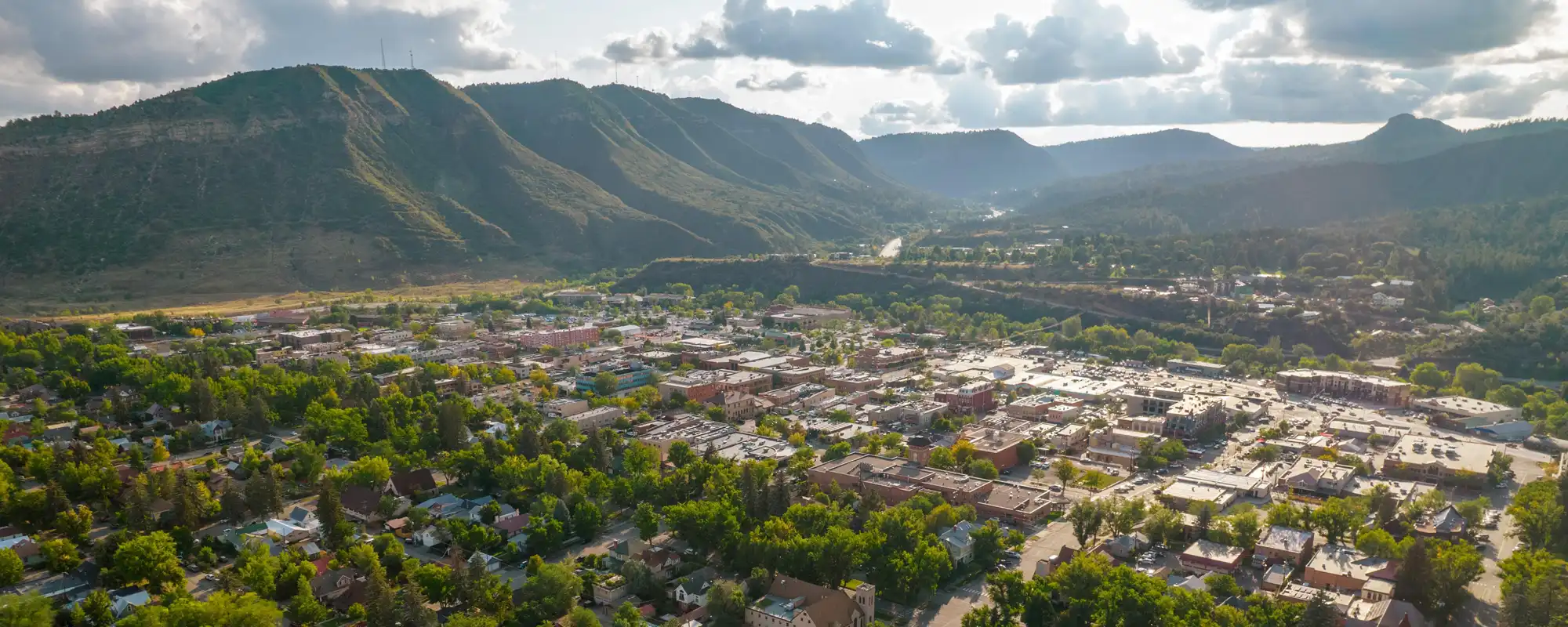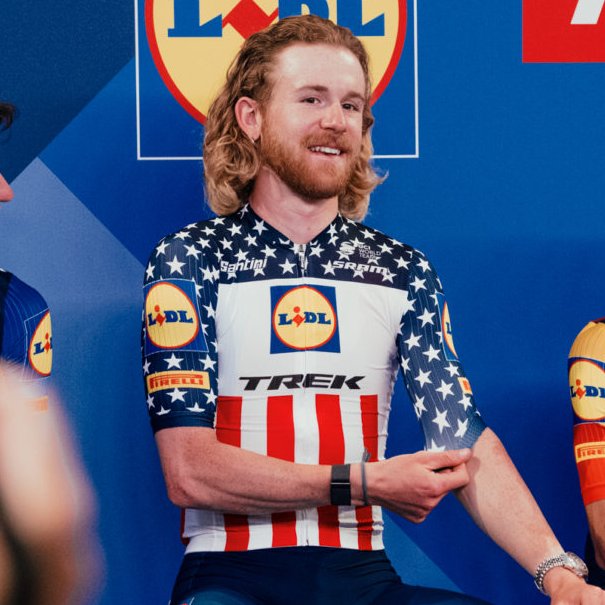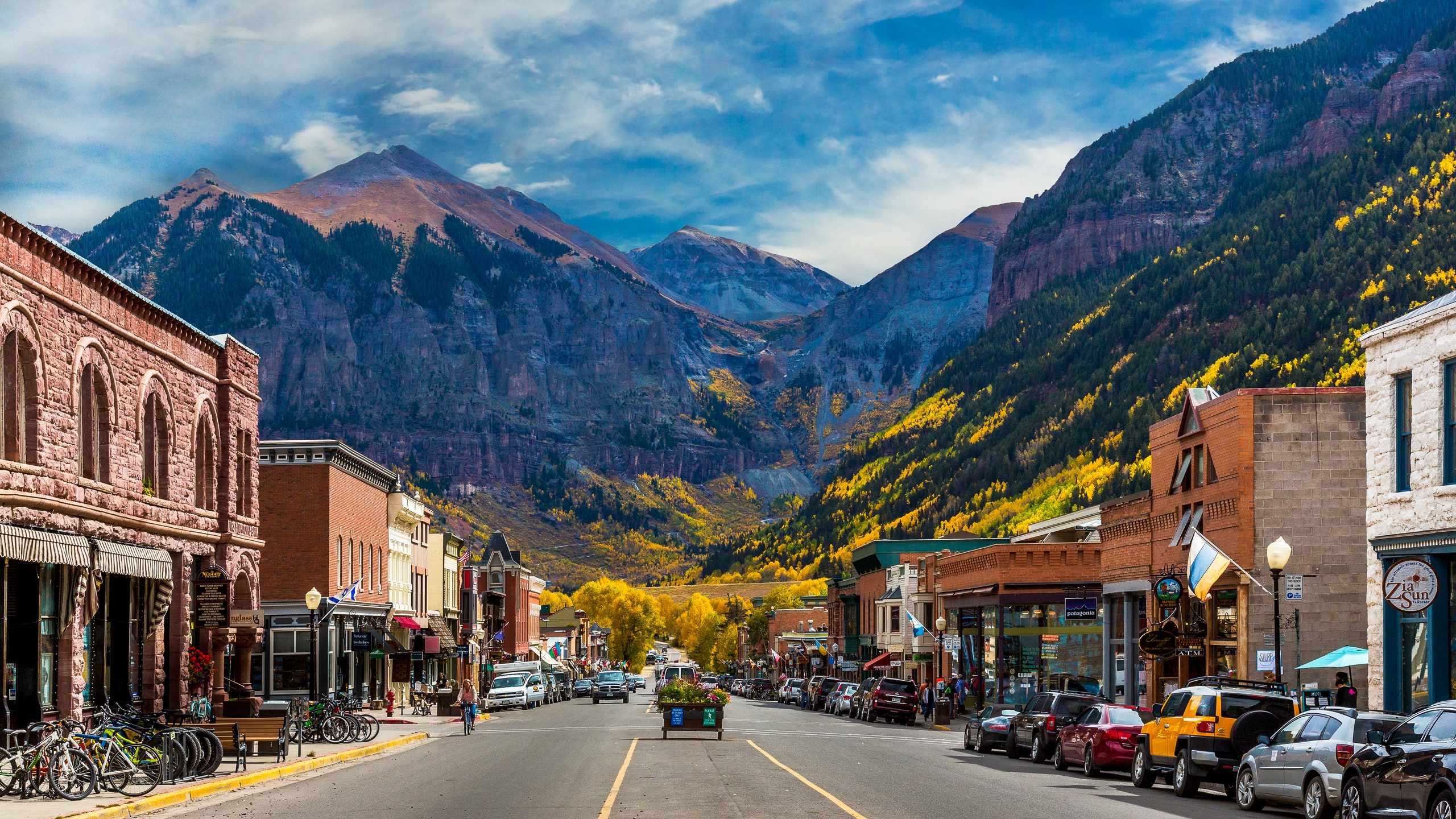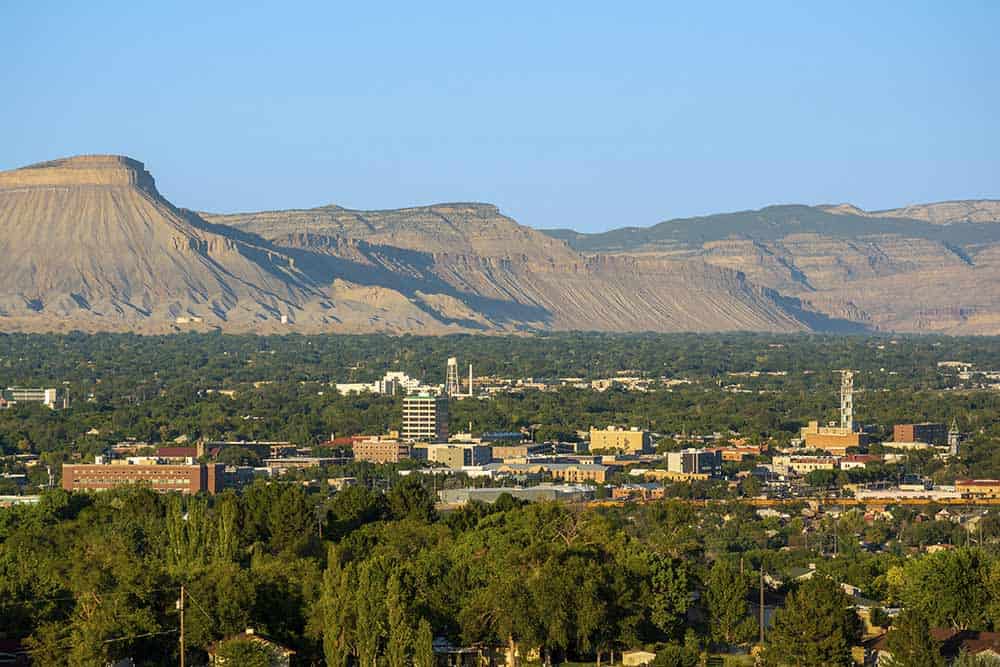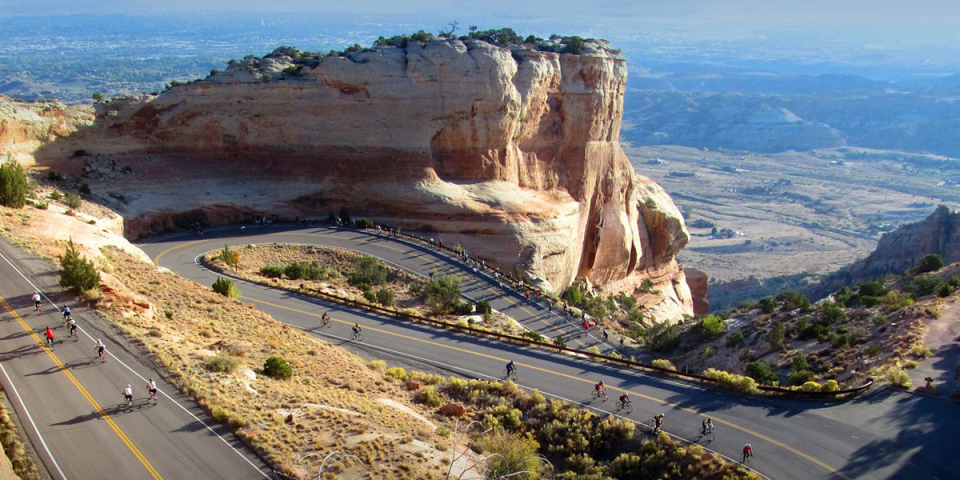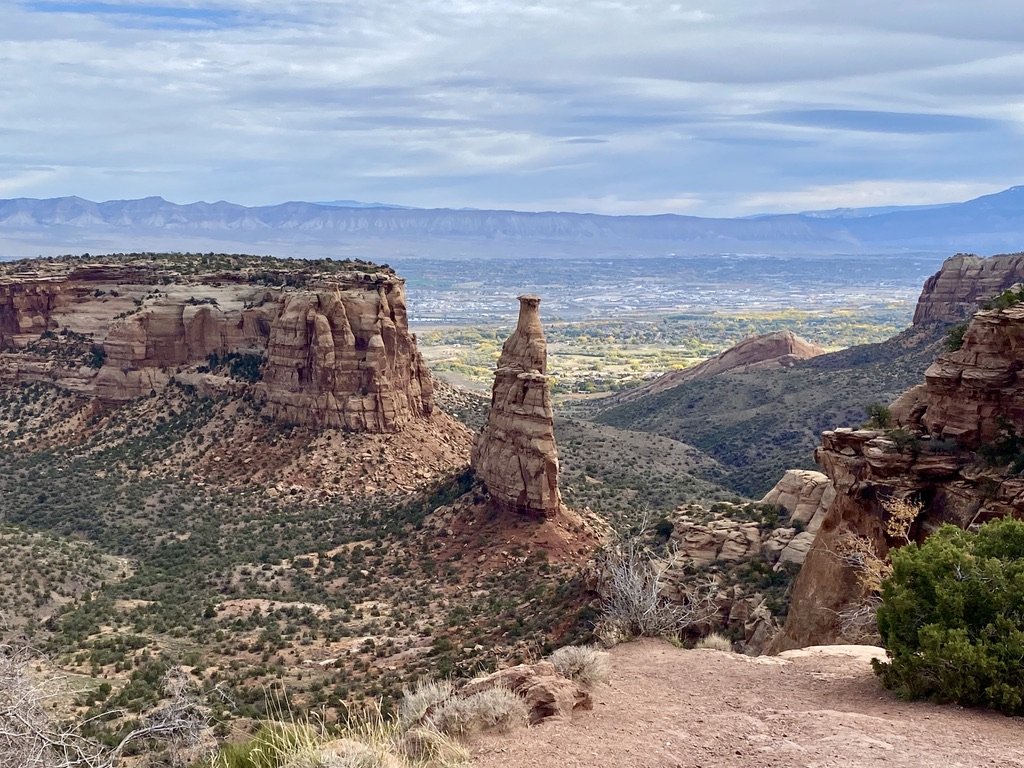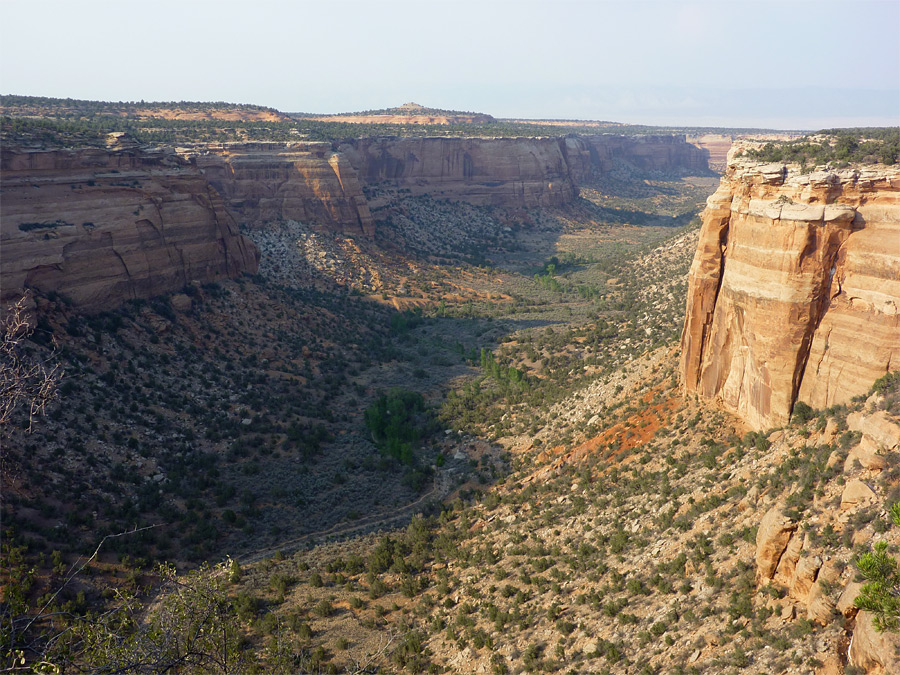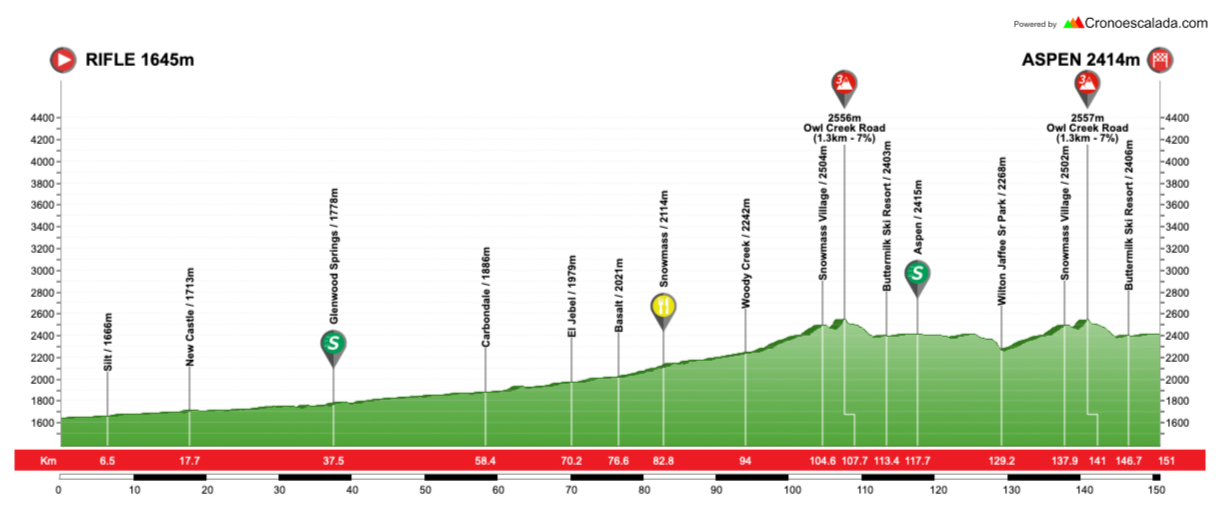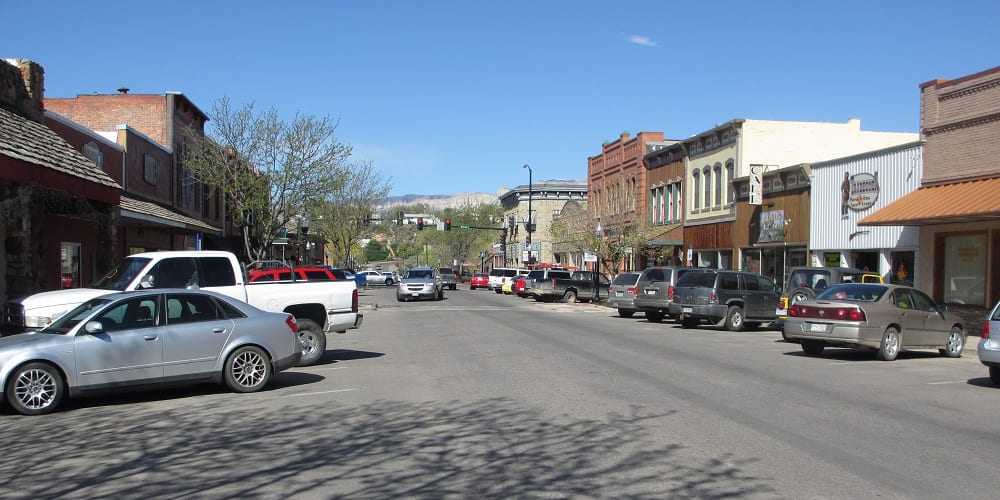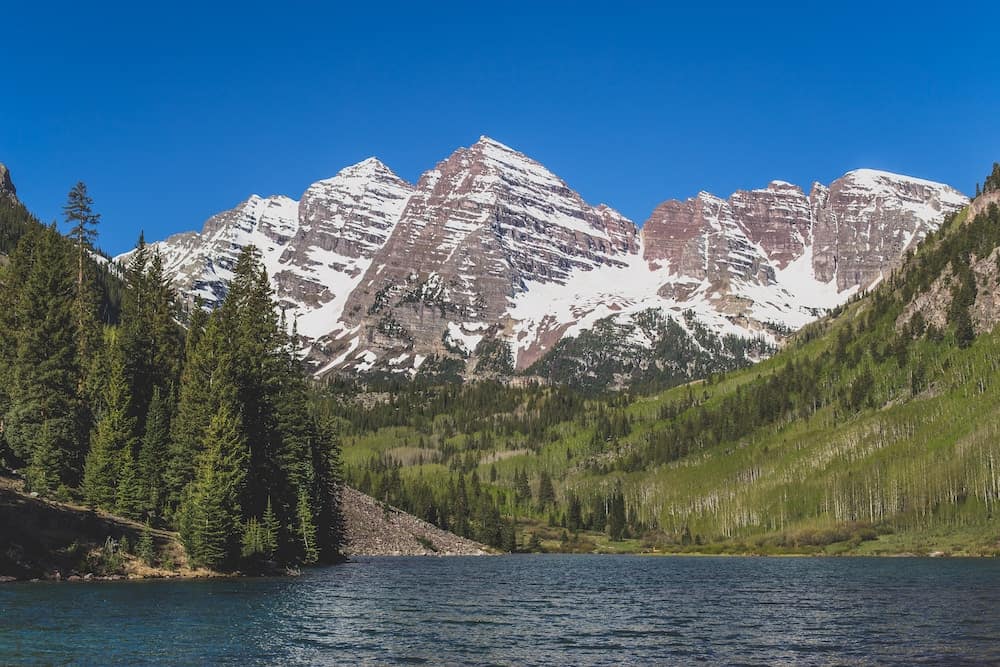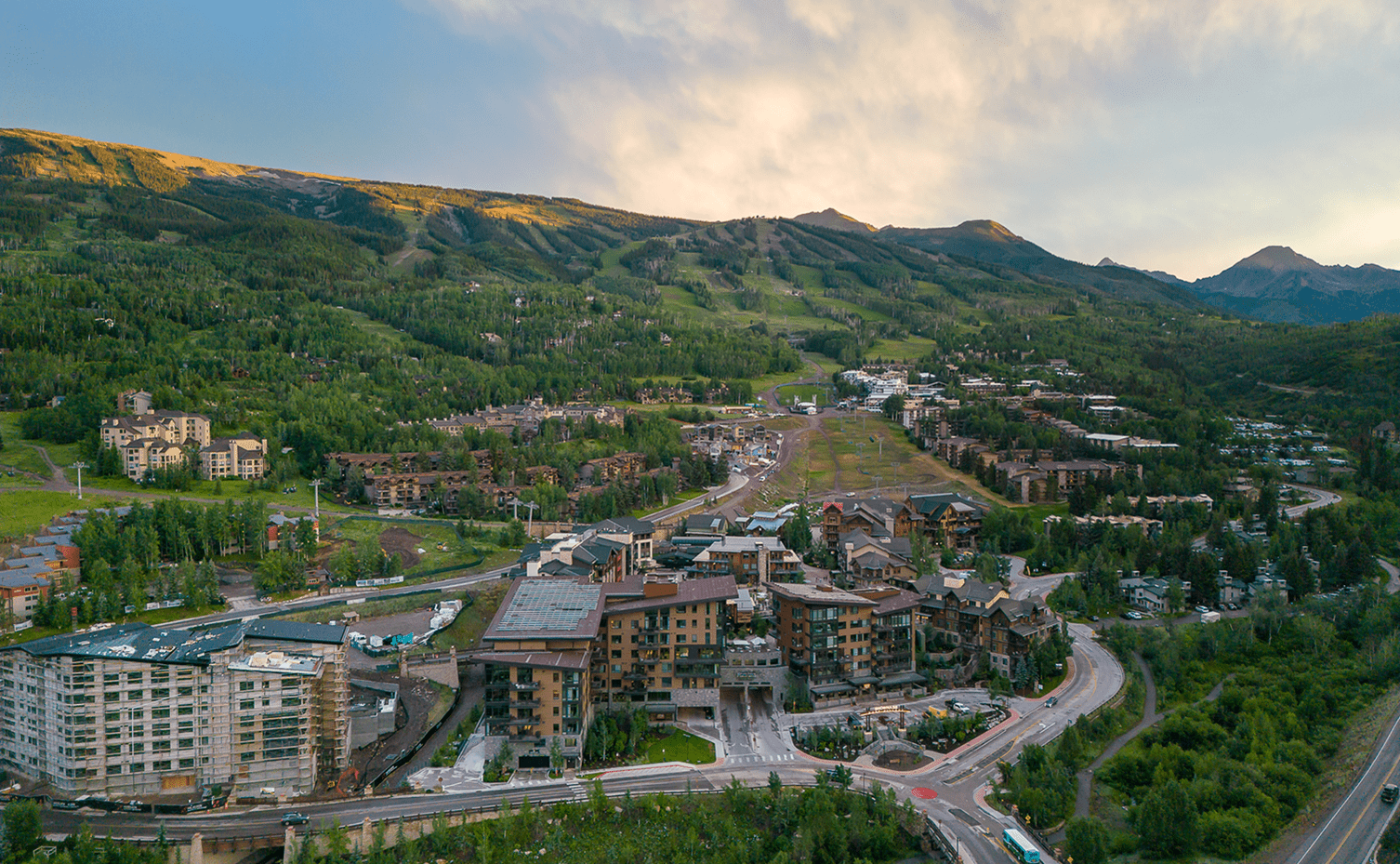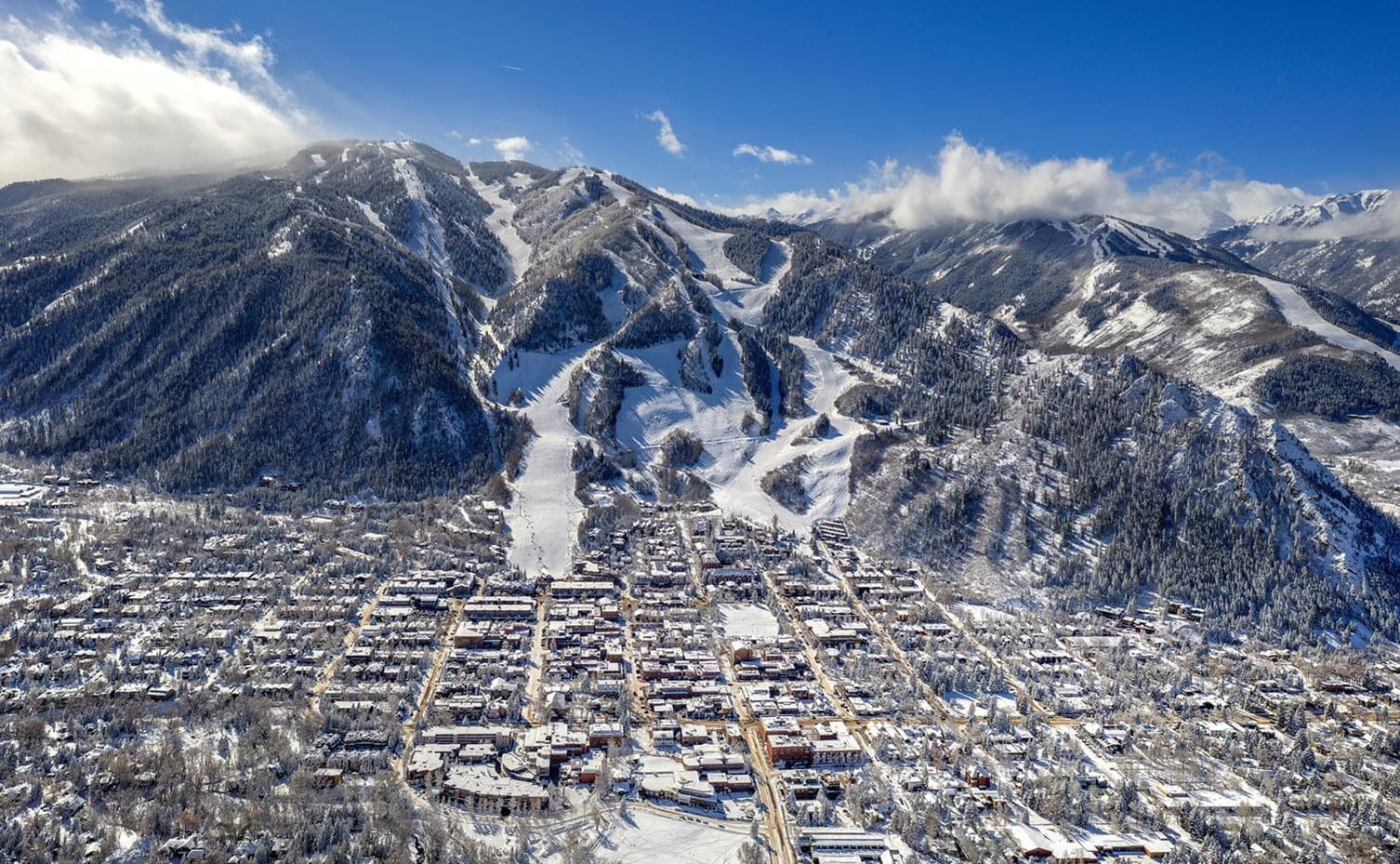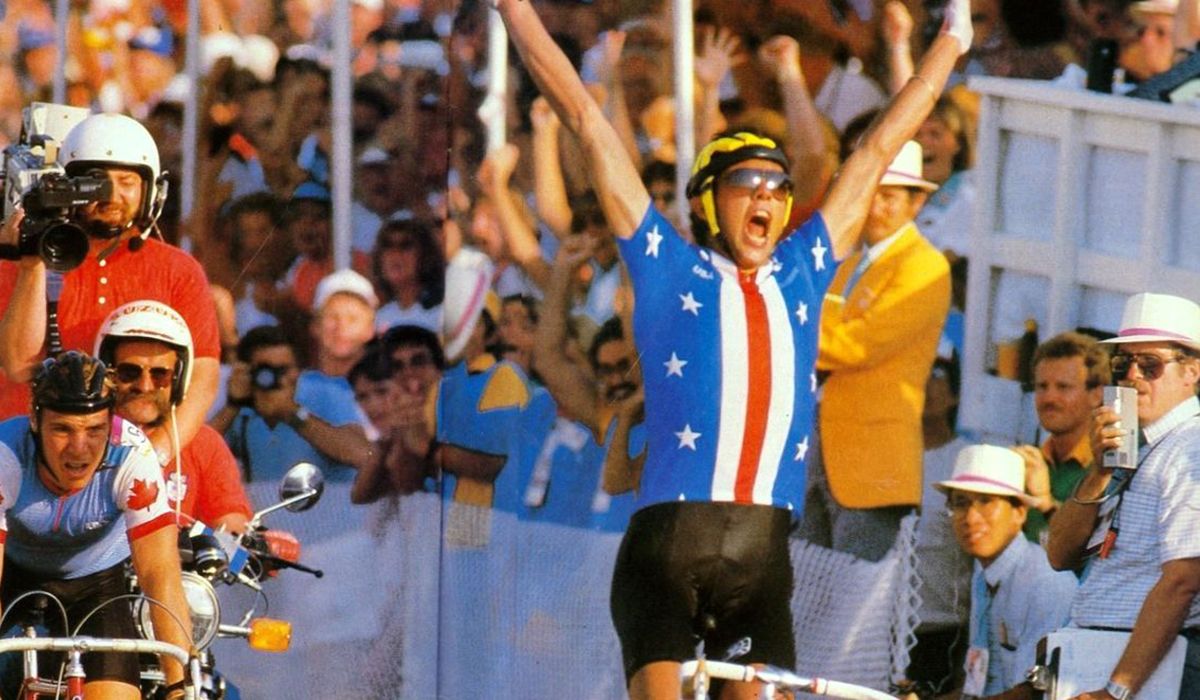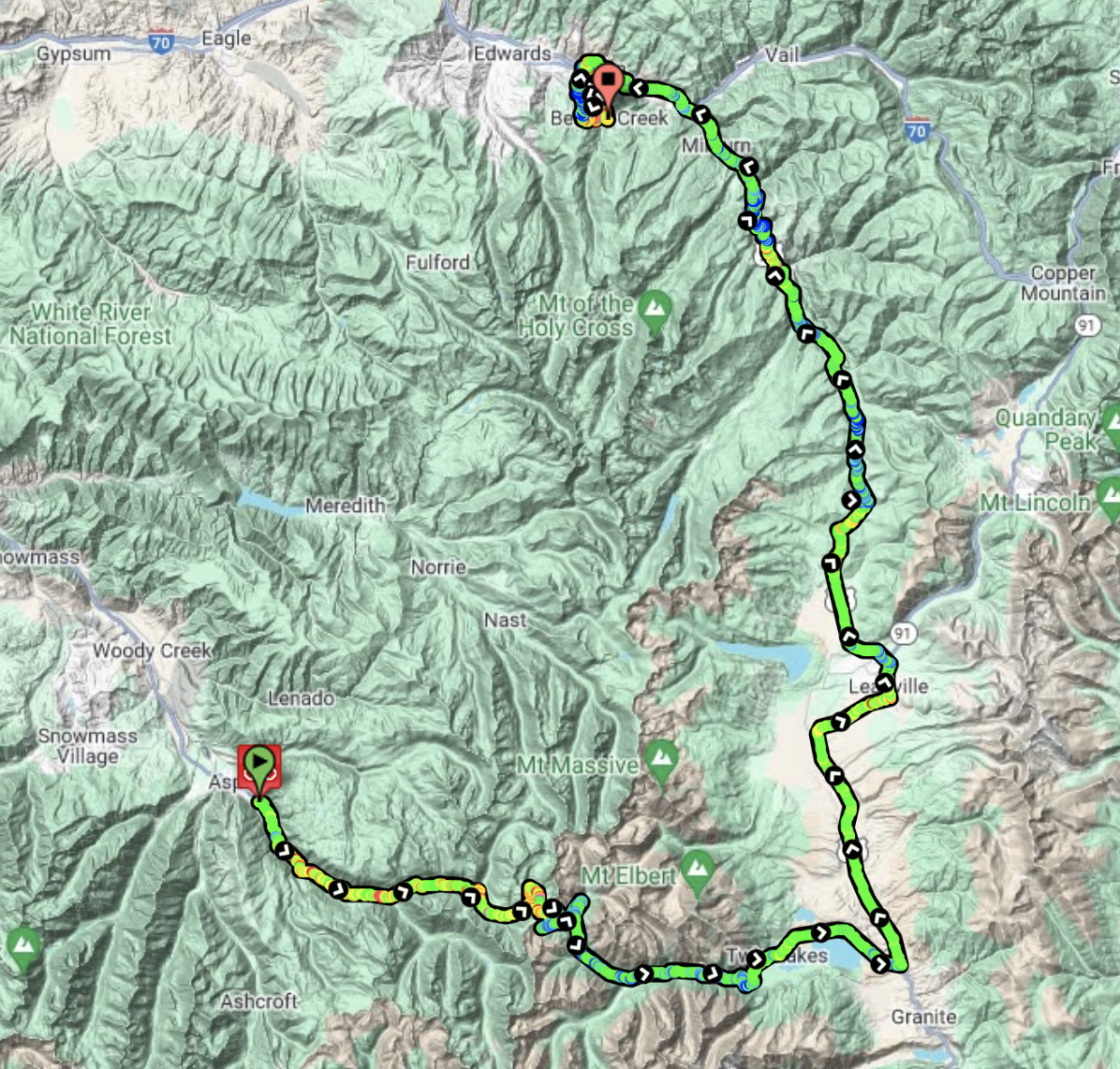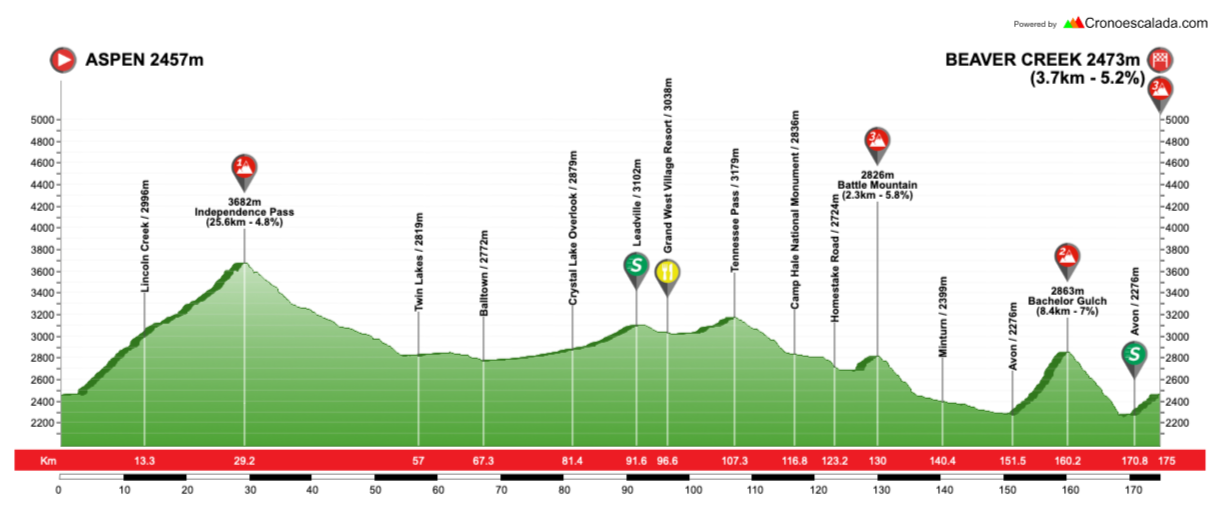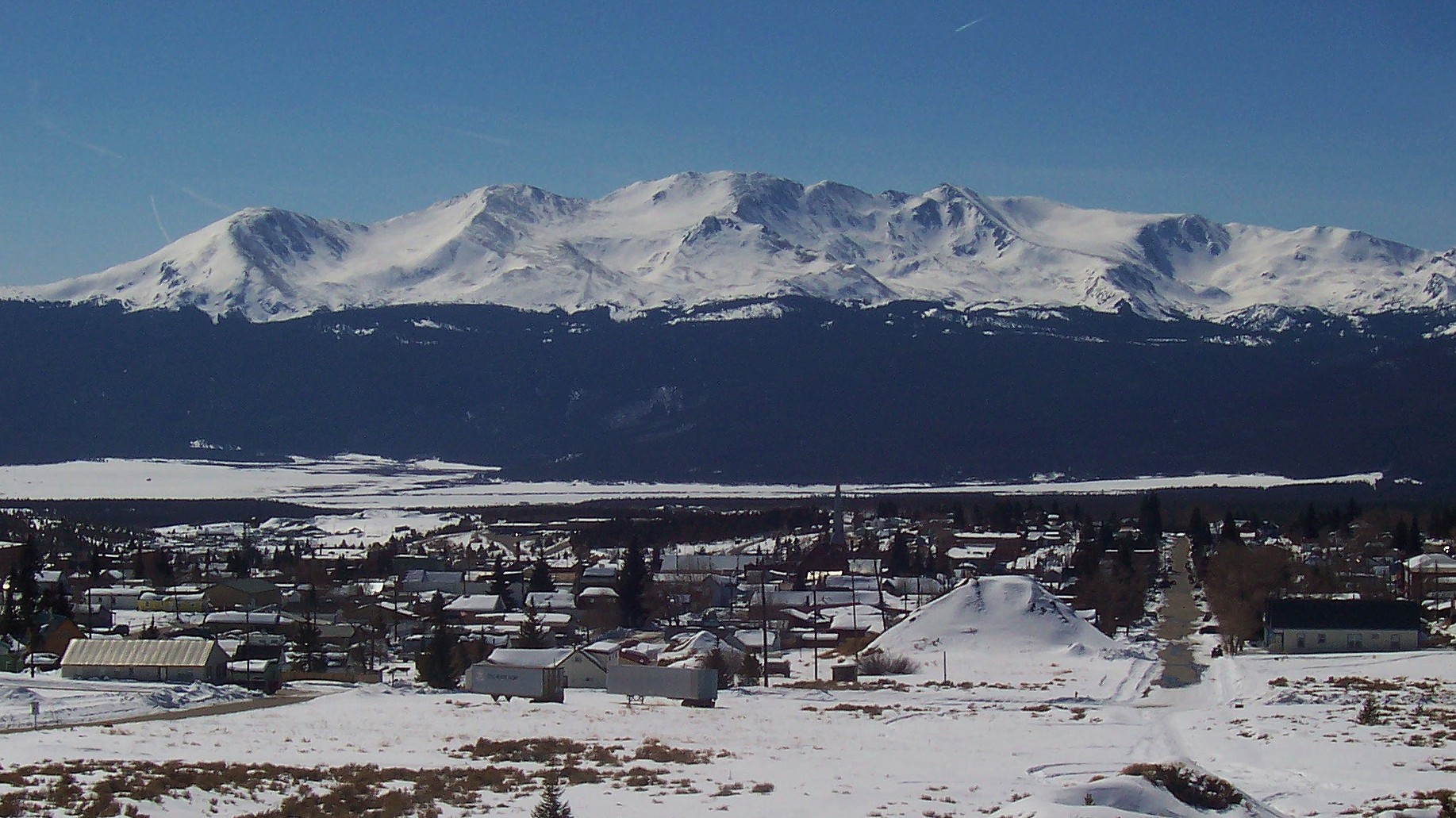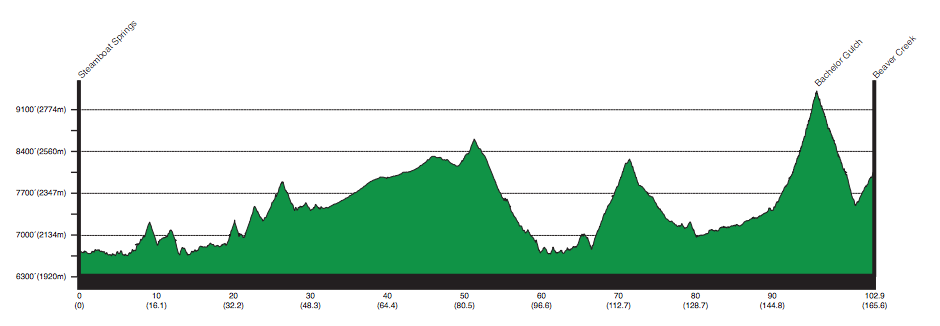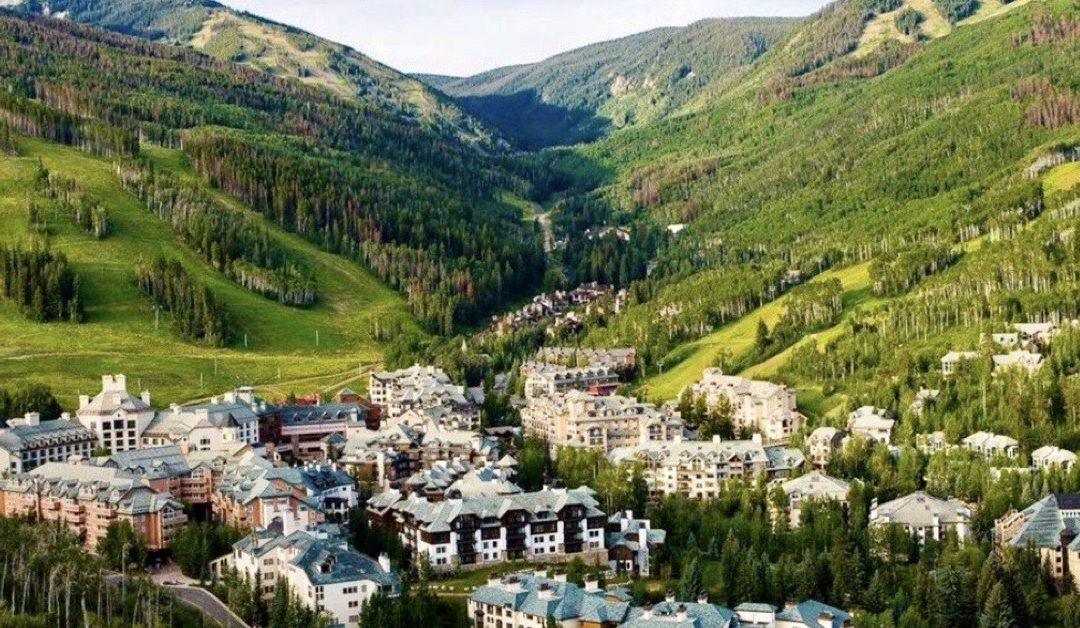- Feb 20, 2010
- 33,095
- 15,346
- 28,180
Stage 5: Biķernieki - Riga, 13,9km (ITT)

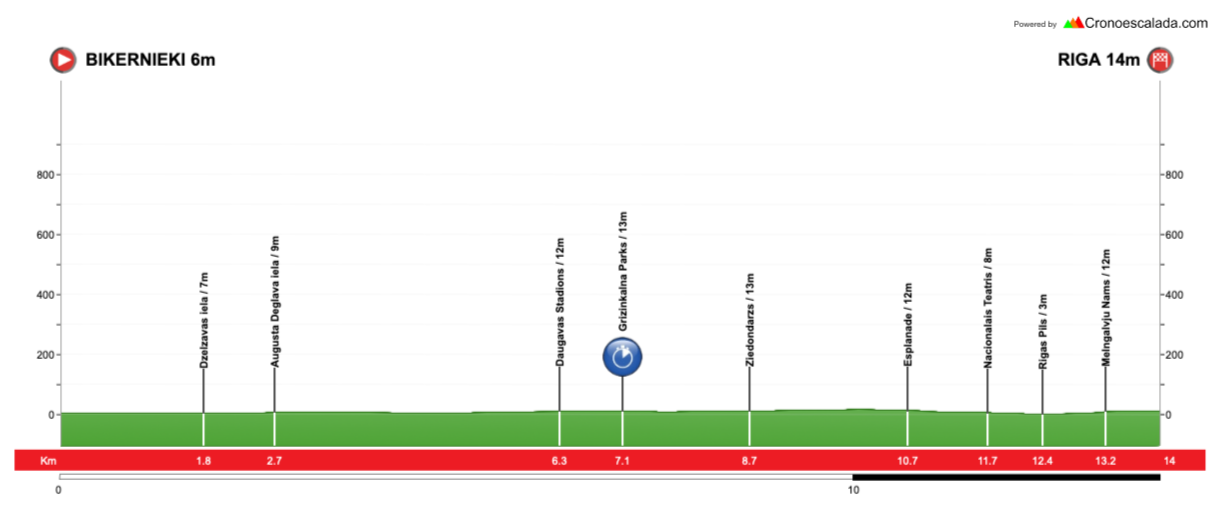
And so we finish with this, a short-to-mid-length ITT in and around the nation’s capital, which you will probably have expected seeing the direction we were headed. It makes sense to utilise the capital city and take the race to the people, especially in a nation which is relatively sparsely populated like Latvia, and besides, the fact remains that with 660.000 inhabitants in the city itself and 900.000 in the metropolitan area, Riga completely and utterly dwarfs every other city in the country so it would be a major omission if the nation was to set up a proper short tour like this. It’s not like it’s some gargantuan country where you can stay away from the capital city and still link major metropoles. It’s by far the most famous, most important and strongest city in the country, and home to by far the largest number of notable alumni in the country.
Its name etymology is disputed; it likely either derives from an Old Livonian word for a loop in the river which has given it its natural harbour, or from the German word for the Rīdzene river, a tributary of the Daugava. This natural harbour has been a boon for the city which grew in early middle age times, as the Vikings used it as part of their trade route to Byzantium, before German traders arrived in the 12th Century, bringing Christianity first by peaceful means, and then when this saw limited success, by force by way of a crusade at the end of the century. After some time of dispute, the city joined the Hanseatic League in 1282 and became a strong and established mercantile city, swiftly outgrowing and coming to dominate all other cities in the region.

As the power of the Hansa declined, the city became a free Imperial City in the Holy Roman Empire briefly, before being passed to the Polish-Lithuanian Commonwealth in 1581. It was then taken by Sweden forty years later, and was in fact one of the strongest and largest Swedish cities until 1710, when the Russians captured it. The battles in the Great Northern War continued until eventually the city was formally ceded to the Russian Empire eleven years later, a status it would keep until Latvian independence in the 20th Century, due primarily to German capitulation in the West after the Russians were forced to cede the Baltic States as part of the peace treaty on the Eastern front. After a brief period of independence the city was seized by the Soviets in 1940, holding rigged elections, arresting and deporting scores of politicians and individuals and opening “the corner house”, the KGB’s largest headquarters in the Baltic region, which is now a museum. When the Nazis arrived the following year, a concentration camp was set up in the northern suburb of Ķeizarmežs (Kaiserwald), but not before over 24.000 Jews were systematically murdered in the Rumbula forest, the second largest atrocity committed under that regime before the establishment of the extermination camps. The historical centre was heavily damaged by the Soviet battle to reclaim the city, and although much was rebuilt as close to its original look as possible, it was not until 1995 with the rebuilding of the House of the Blackheads that the pre-war skyline of Riga returned.

House of the Blackheads, one of Germany’s lasting legacies in Riga
The city was a European Capital of Culture in 2014 and recent history has largely been about asserting the nation’s sovereignty and rejecting evidence of the former Russian hegemony. This has accelerated in the last two years, with Russian activity in Ukraine largely catalysing a pro-Europe swing in the country. Soviet-era immigrants were not automatically entitled to Latvian citizenship (earlier ones were), and the population has swung more toward ethnic Latvians in the last 30 years - however it is still only around half of the city. This historic population does, however, include a large number of Latvia’s most well-known great and good - even though many of the most famous or important Riga natives are remnants of its more cosmopolitan times; these include legendary and visionary film director Sergei Eisenstein, whose Battleship Potemkin remains one of the most important milestones in cinema; Jākobs Jufess, who would emigrate to America, take the name Jacob W Davis and be the inventor of modern denim jeans; surgery pioneer Ernst von Bergmann; Wilhelm Ostwald, a Nobel Prize-Winning chemist; Turing Award-winning computer scientist Juris Hartmanis, and social and political theorist Isaiah Berlin.
Sports-wise, a large proportion of Latvia’s best-known athletes come from Riga as you may expect. Rīgas ASK are just about the most successful European basketball team in history, and in 1960 TTT Riga won the women’s European title making the first time both awards went to the same city. Dinamo Riga were a prominent and important ice hockey team playing in the Soviet league and later the KHL, but withdrew in protest at the invasion of Ukraine, as did all of the overseas teams in the KHL bar Barys Astana and Kunlun Red Star (who have been playing in Russia since the pandemic anyway) and are now re-establishing themselves aiming to join the Finnish league in order to keep Latvian ice hockey at a strong level as the domestic league is small; with players like Teodors Bļugers (anglicised as “Teddy Blueger”), Zemgus Girgensons and Elvis Merzļikins in the NHL (and formerly Sandis Ozoliņš, arguably the best ever Latvian ice hockey player, as well as Matīss Kivlenieks, who died in his prime in 2021 after an accident involving a fireworks display) the sport is one of the most popular in the country. Riga has also given the world success in the world of chess, always popular in the Soviet times, with Mikhail Tal the best-known Grandmaster of Riga, and more recently the tennis player Jeļena Ostapenko, arguably the most likely answer that the man in the street will give when asked to name a Latvian sportsperson (unless they’re a major ice hockey fan), who won the 2017 French Open.
The city also briefly held its own one-day race, as well as appearing a few times in the Tour de l’URSS. It is hard to find too much detail on the old versions of this race, at least until the late 70s when they rebranded it the “national championships in stage racing” and based it out of Crimea, but early versions would start in St Petersburg and run through the Baltic States where the sport was popular before arcing back to Moscow. The GP Riga was a largely flat affair whose most famous winner is probably the Italian sprinter Francesco Chicchi in 2013, though a case may be made for Gatis Smukulis in 2007 during its UCI phase; Toms Skujiņš did win a non-UCI-ranked edition in 2010 at the age of 19, however.

The time trial starts at the Biķernieki racing circuit, the only FIA-homologated motor racing circuit in the country (and one of very few in the Baltic States as a whole that are capable of holding decent sized events, with the likes of Kloostimestra and the mad Palanga circuit being temporary). Designed in 1962, it weaves through the forest and largely hosts junior formulae in open wheel and touring cars, as well as for a period the European Rallycross Championship and even briefly the World Championship in the same discipline. In the winter these paths, tracks and even the circuit itself, like those of the Finnish Ahvenistö circuit, are used as a cross-country skiing complex. The Biķernieki forest is also home to Latvia’s main war memorial, as the forest here, owing to its proximity to the capital, saw a huge number of killings, and there are at least 55 marked burial sites with upward of 20.000 victims in the forest. The memorial was proposed and planned in 1986, but delayed by the fall of the Soviet Union and revived by the German War Graves Commission in 2000.
We head south to the Dreiliņkalns hill which we head around the outside of and then take a right and then it’s a long straight line until we reach Daugavas Stadions, constructed in 1927 as the main sporting centre of independent Latvia, a role which it has reacquired since the secession from the Soviet Union, with a recent renovation increasing the capacity to around 10.500 and rising once complete. The stadium deals with football and athletics, but the complex once complete will also include a national ice arena and a basketball/handball/volleyball arena. After this another left takes us to the Centra Sporta Kvartāls, another sporting centre, although apart from the Riga University athletics track and soccer/rugby stadium, the remainder is more for outdoor games like tennis and also BMX and a skate park.
The final part of the circuit takes us around Riga old town, and after around 10km of very few corners and mostly power, suddenly in the final 3km or so, there are a lot of corners and technical challenges to change up the tempo a bit. The final section is down to the Freedom Monument, and then circling to the north of the city centre to the riverside; past Rigas Pils, the city’s castle which now serves as the President’s residence.
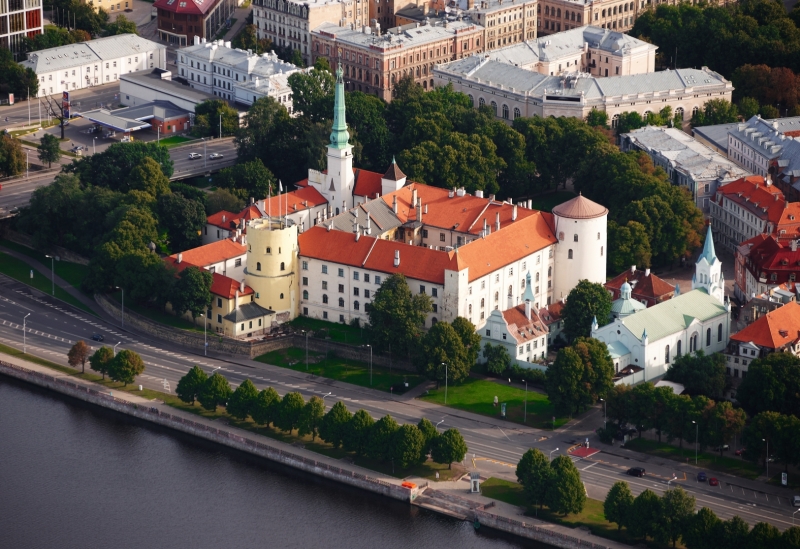
Finally, we hook a left into the cobbled stretches through the middle of town until we get to the finish, which will be in front of the cathedral on Doma Laukums, the central square. This will give us a Mont Cassel-like backdrop, but with more scenic city centre and less hill. But that’s fine, as this is a time trial. After the dirt and cobbles of the first three days and then the relentless punchy hills of stage 4, this will be a nice way to finish off the short stage race.
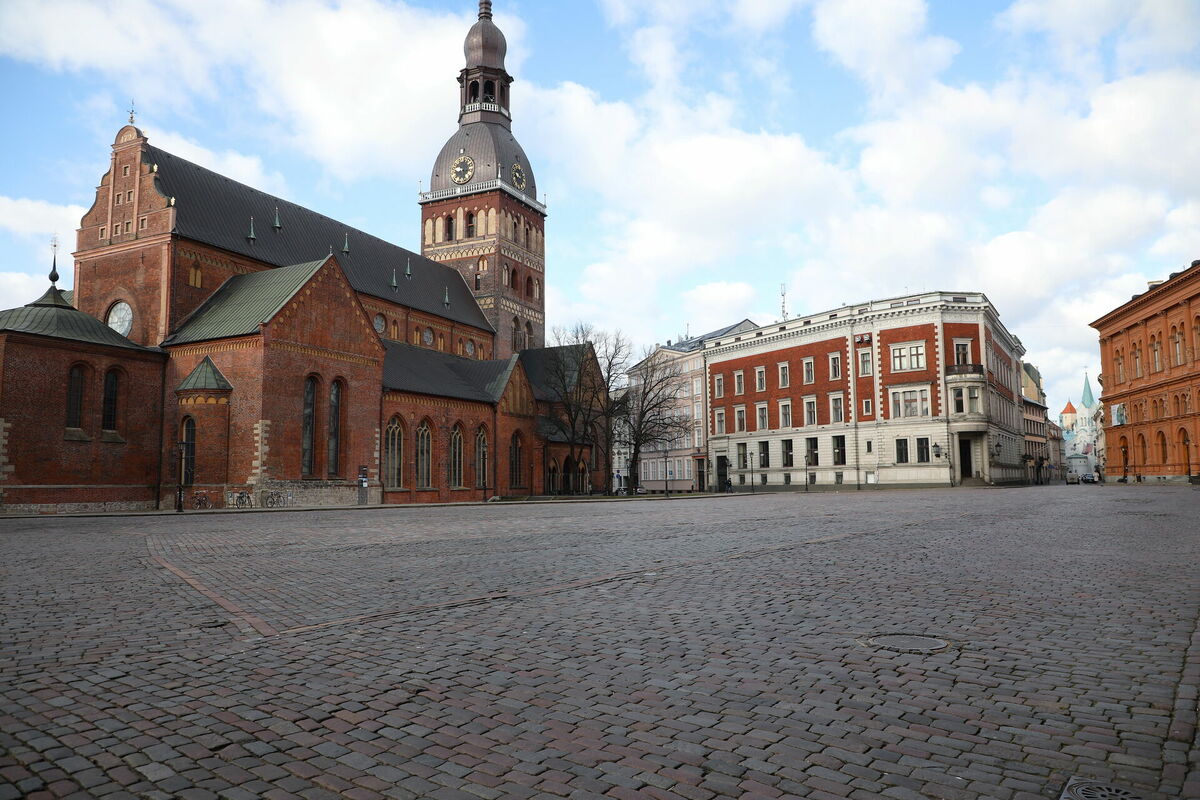


And so we finish with this, a short-to-mid-length ITT in and around the nation’s capital, which you will probably have expected seeing the direction we were headed. It makes sense to utilise the capital city and take the race to the people, especially in a nation which is relatively sparsely populated like Latvia, and besides, the fact remains that with 660.000 inhabitants in the city itself and 900.000 in the metropolitan area, Riga completely and utterly dwarfs every other city in the country so it would be a major omission if the nation was to set up a proper short tour like this. It’s not like it’s some gargantuan country where you can stay away from the capital city and still link major metropoles. It’s by far the most famous, most important and strongest city in the country, and home to by far the largest number of notable alumni in the country.
Its name etymology is disputed; it likely either derives from an Old Livonian word for a loop in the river which has given it its natural harbour, or from the German word for the Rīdzene river, a tributary of the Daugava. This natural harbour has been a boon for the city which grew in early middle age times, as the Vikings used it as part of their trade route to Byzantium, before German traders arrived in the 12th Century, bringing Christianity first by peaceful means, and then when this saw limited success, by force by way of a crusade at the end of the century. After some time of dispute, the city joined the Hanseatic League in 1282 and became a strong and established mercantile city, swiftly outgrowing and coming to dominate all other cities in the region.

As the power of the Hansa declined, the city became a free Imperial City in the Holy Roman Empire briefly, before being passed to the Polish-Lithuanian Commonwealth in 1581. It was then taken by Sweden forty years later, and was in fact one of the strongest and largest Swedish cities until 1710, when the Russians captured it. The battles in the Great Northern War continued until eventually the city was formally ceded to the Russian Empire eleven years later, a status it would keep until Latvian independence in the 20th Century, due primarily to German capitulation in the West after the Russians were forced to cede the Baltic States as part of the peace treaty on the Eastern front. After a brief period of independence the city was seized by the Soviets in 1940, holding rigged elections, arresting and deporting scores of politicians and individuals and opening “the corner house”, the KGB’s largest headquarters in the Baltic region, which is now a museum. When the Nazis arrived the following year, a concentration camp was set up in the northern suburb of Ķeizarmežs (Kaiserwald), but not before over 24.000 Jews were systematically murdered in the Rumbula forest, the second largest atrocity committed under that regime before the establishment of the extermination camps. The historical centre was heavily damaged by the Soviet battle to reclaim the city, and although much was rebuilt as close to its original look as possible, it was not until 1995 with the rebuilding of the House of the Blackheads that the pre-war skyline of Riga returned.

House of the Blackheads, one of Germany’s lasting legacies in Riga
The city was a European Capital of Culture in 2014 and recent history has largely been about asserting the nation’s sovereignty and rejecting evidence of the former Russian hegemony. This has accelerated in the last two years, with Russian activity in Ukraine largely catalysing a pro-Europe swing in the country. Soviet-era immigrants were not automatically entitled to Latvian citizenship (earlier ones were), and the population has swung more toward ethnic Latvians in the last 30 years - however it is still only around half of the city. This historic population does, however, include a large number of Latvia’s most well-known great and good - even though many of the most famous or important Riga natives are remnants of its more cosmopolitan times; these include legendary and visionary film director Sergei Eisenstein, whose Battleship Potemkin remains one of the most important milestones in cinema; Jākobs Jufess, who would emigrate to America, take the name Jacob W Davis and be the inventor of modern denim jeans; surgery pioneer Ernst von Bergmann; Wilhelm Ostwald, a Nobel Prize-Winning chemist; Turing Award-winning computer scientist Juris Hartmanis, and social and political theorist Isaiah Berlin.
Sports-wise, a large proportion of Latvia’s best-known athletes come from Riga as you may expect. Rīgas ASK are just about the most successful European basketball team in history, and in 1960 TTT Riga won the women’s European title making the first time both awards went to the same city. Dinamo Riga were a prominent and important ice hockey team playing in the Soviet league and later the KHL, but withdrew in protest at the invasion of Ukraine, as did all of the overseas teams in the KHL bar Barys Astana and Kunlun Red Star (who have been playing in Russia since the pandemic anyway) and are now re-establishing themselves aiming to join the Finnish league in order to keep Latvian ice hockey at a strong level as the domestic league is small; with players like Teodors Bļugers (anglicised as “Teddy Blueger”), Zemgus Girgensons and Elvis Merzļikins in the NHL (and formerly Sandis Ozoliņš, arguably the best ever Latvian ice hockey player, as well as Matīss Kivlenieks, who died in his prime in 2021 after an accident involving a fireworks display) the sport is one of the most popular in the country. Riga has also given the world success in the world of chess, always popular in the Soviet times, with Mikhail Tal the best-known Grandmaster of Riga, and more recently the tennis player Jeļena Ostapenko, arguably the most likely answer that the man in the street will give when asked to name a Latvian sportsperson (unless they’re a major ice hockey fan), who won the 2017 French Open.
The city also briefly held its own one-day race, as well as appearing a few times in the Tour de l’URSS. It is hard to find too much detail on the old versions of this race, at least until the late 70s when they rebranded it the “national championships in stage racing” and based it out of Crimea, but early versions would start in St Petersburg and run through the Baltic States where the sport was popular before arcing back to Moscow. The GP Riga was a largely flat affair whose most famous winner is probably the Italian sprinter Francesco Chicchi in 2013, though a case may be made for Gatis Smukulis in 2007 during its UCI phase; Toms Skujiņš did win a non-UCI-ranked edition in 2010 at the age of 19, however.

The time trial starts at the Biķernieki racing circuit, the only FIA-homologated motor racing circuit in the country (and one of very few in the Baltic States as a whole that are capable of holding decent sized events, with the likes of Kloostimestra and the mad Palanga circuit being temporary). Designed in 1962, it weaves through the forest and largely hosts junior formulae in open wheel and touring cars, as well as for a period the European Rallycross Championship and even briefly the World Championship in the same discipline. In the winter these paths, tracks and even the circuit itself, like those of the Finnish Ahvenistö circuit, are used as a cross-country skiing complex. The Biķernieki forest is also home to Latvia’s main war memorial, as the forest here, owing to its proximity to the capital, saw a huge number of killings, and there are at least 55 marked burial sites with upward of 20.000 victims in the forest. The memorial was proposed and planned in 1986, but delayed by the fall of the Soviet Union and revived by the German War Graves Commission in 2000.
We head south to the Dreiliņkalns hill which we head around the outside of and then take a right and then it’s a long straight line until we reach Daugavas Stadions, constructed in 1927 as the main sporting centre of independent Latvia, a role which it has reacquired since the secession from the Soviet Union, with a recent renovation increasing the capacity to around 10.500 and rising once complete. The stadium deals with football and athletics, but the complex once complete will also include a national ice arena and a basketball/handball/volleyball arena. After this another left takes us to the Centra Sporta Kvartāls, another sporting centre, although apart from the Riga University athletics track and soccer/rugby stadium, the remainder is more for outdoor games like tennis and also BMX and a skate park.
The final part of the circuit takes us around Riga old town, and after around 10km of very few corners and mostly power, suddenly in the final 3km or so, there are a lot of corners and technical challenges to change up the tempo a bit. The final section is down to the Freedom Monument, and then circling to the north of the city centre to the riverside; past Rigas Pils, the city’s castle which now serves as the President’s residence.

Finally, we hook a left into the cobbled stretches through the middle of town until we get to the finish, which will be in front of the cathedral on Doma Laukums, the central square. This will give us a Mont Cassel-like backdrop, but with more scenic city centre and less hill. But that’s fine, as this is a time trial. After the dirt and cobbles of the first three days and then the relentless punchy hills of stage 4, this will be a nice way to finish off the short stage race.




